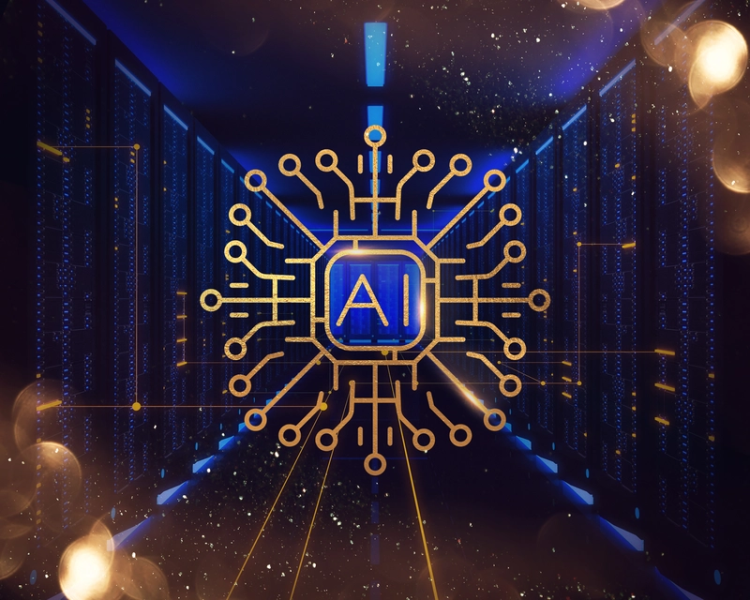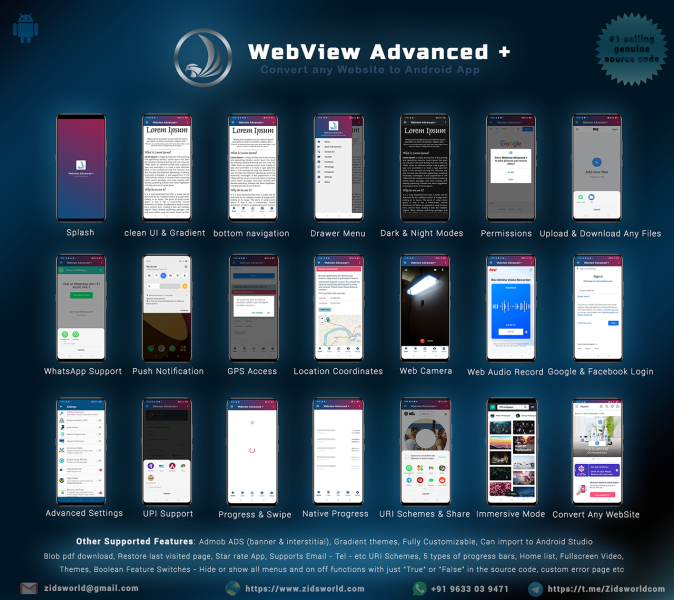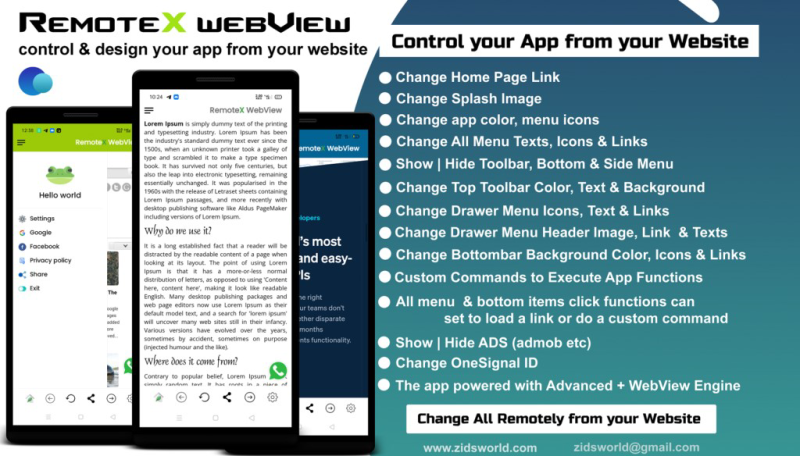AI vs Human: Which is better for image text extraction?
Tuesday, January 30, 2024, 8 AM
The debate between AI and humans for image text extraction raises questions about which approach is superior. AI offers several advantages, such as speed, scalability, and consistency.
AI algorithms can process large volumes of images and extract text rapidly, providing efficiency and reducing the need for manual effort. Additionally, AI models can learn from vast amounts of data, improving accuracy over time.
However, human involvement brings a level of contextual understanding and nuanced interpretation that AI may struggle with. Humans can decipher complex images, account for cultural or linguistic nuances, and accurately transcribe handwritten text.
Ultimately, the choice between AI and humans depends on the specific context and requirements. Today we will discuss both methods of extracting text from images and find out which one is better than the other.
AI vs Human for Image to Text Extraction
| Qualities | AI | Humans |
|---|---|---|
| Speed | AI algorithms can process images rapidly, extracting text at high speeds. | Humans may take longer to manually extract text from images, especially for large volumes or complex images. |
| Scalability | AI can handle large volumes of images simultaneously, providing scalability. | Humans may struggle to handle large scale image to text extraction tasks efficiently. |
| Consistency | AI algorithms offer consistent performance, ensuring uniformity in text extraction. | Human performance may vary, leading to potential inconsistencies in the extracted text. |
| Accuracy | AI algorithms can achieve high accuracy rates, especially with proper training and validation. | Humans can provide accurate text extraction, particularly for complex images or handwritten text. |
| Contextual Understanding | AI may struggle with the nuanced interpretation or understanding of complex visual content. | Humans excel in understanding contextual nuances, cultural references, and specialized domains. |
| Language Capabilities | AI models can handle multiple languages and dialects, enabling broad language coverage. | Humans possess linguistic fluency and can accurately transcribe the text in specific languages or dialects. |
| Adaptability | AI algorithms can learn from vast amounts of data and improve accuracy over time. | Humans can quickly adapt to handle unique or challenging image to text extraction tasks. |
| Ethical Considerations | AI requires careful monitoring to address ethical concerns, such as bias or privacy issues. | Humans can apply ethical judgment, ensure data privacy, and handle sensitive or confidential information appropriately. |
| Cost effectiveness | AI-based solutions can offer cost advantages in terms of overall operational expenses. | Human involvement may be costlier, especially for large scale or long term image to text extraction tasks. |
Image to Text Tool and its Purpose:
An image to text tool is designed to extract text or characters from images or visual content. One of the best online Image Text converter tools is “Imagestotext.io” It is simplest to use, gives accurate and comprehensive results, and absolutely free.

The purpose of an image to text tool is to automate the process of converting text within images into machine-readable text.
By eliminating the need for manual effort in extracting text from images, these tools save time, improve efficiency, and enable better accessibility and manipulation of textual information.
Advantages of Image to Text Extraction:
- Increased Efficiency: Photo to text AI tools automate the process of extracting text from images, significantly reducing the time and effort required compared to manual extraction. This enhances overall efficiency and productivity.
- Improved Accuracy: With advanced optical character recognition (OCR) algorithms, image to text tools can achieve high accuracy rates in extracting text from images. They can handle various fonts, languages, and image qualities, leading to reliable and consistent results.
- Time and Cost Savings: By automating the extraction process, picture to text tools save valuable time and resources. They eliminate the need for manual data entry, transcription, or typing, resulting in cost savings for businesses and individuals.
- Enhanced Accessibility: Image to text tools enable better accessibility for visually impaired individuals by converting text within images into machine-readable formats. This improves inclusivity and allows for greater access to information across various platforms and applications.
- Versatile Applications: Image to text tools have a wide range of applications across industries. They can be used for digitizing documents, data extraction from forms or invoices, image captioning, language translation, content indexing, and more. Their versatility makes them valuable in diverse scenarios.
Disadvantages of Image to Text Extraction:
- Accuracy Limitations: It may encounter challenges in accurately recognizing text from certain types of images, such as handwritten text, distorted fonts, etc.
- Contextual Understanding: It often may not capture the nuances or meanings associated with the extracted text.
- Language and Font Limitations: The tool may face difficulties in accurately extracting text from uncommon languages or fonts.
- Dependency on Image Quality: Low resolution, blurry, or poorly scanned images can impact the tool's performance.
Manual or Human Extraction of Text from Photos:
Manual or human extraction of text from photos refers to the process of visually examining an image and manually transcribing or typing out the text present within it.
This method involves human intervention to accurately decipher and extract text elements, including handwritten text, stylized fonts, or text embedded within complex graphics.
Manual extraction relies on human cognitive abilities to understand contextual nuances, interpret visual cues, and adapt to various languages and writing styles. This approach can be particularly useful when dealing with challenging or non-standard images where automated tools might struggle to accurately extract the text.
However, manual extraction is time-consuming and resource-intensive, especially when handling large volumes of images. It is also subject to human error, fatigue, and inconsistencies in transcription.
Advantages of Manual Image to Text Extraction:
- Contextual Understanding: Humans excel in understanding contextual nuances, cultural references, and specialized domains, enabling them to accurately interpret and extract text from images that may contain complex or nuanced content.
- Adaptability to Varied Image Types: Humans can adapt and handle diverse image types, including those with low resolution, distorted text, or unconventional fonts, where automated tools might struggle to extract text accurately.
- Language and Linguistic Fluency: Humans possess linguistic fluency and can accurately transcribe the text in specific languages or dialects, including handwritten text or non-standard writing styles, which may pose challenges for automated tools.
- Quality Control and Verification: Human extraction provides an opportunity for quality control and verification, as humans can review and ensure the accuracy of the extracted text, minimizing errors and improving overall data quality.
- Handling Complex or Sensitive Information: In scenarios involving complex or sensitive information, human extraction ensures careful handling, data privacy, and adherence to ethical considerations, such as handling confidential documents or identifying and redacting sensitive information.
Disadvantages of Manual Image to Text Extraction:
- Time-consuming and Resource-intensive: Manual extraction of text from images is a labor-intensive process that requires significant time and resources, especially when dealing with large volumes of images.
- Potential for Human Error: Human extraction is prone to human error, including typos, misinterpretations, or omissions, which can impact the accuracy and reliability of the extracted text.
- Inconsistencies in Transcription: Different individuals may have varying transcription styles or interpretations, leading to inconsistencies in the extracted text when multiple humans are involved in the extraction process.
- Limited Scalability: Manual extraction is not scalable for large scale or continuous image to text extraction tasks, as it relies on human availability and capacity, which can result in delays or resource constraints.
- Subjectivity and Bias: Human extraction may be influenced by subjective factors or personal biases, potentially impacting the accuracy or impartiality of the extracted text, especially in cases where objectivity is crucial.
Conclusion:
In the above debate between AI and human involvement for image text extraction, both approaches have their strengths and limitations. AI offers advantages such as speed, scalability, and consistency, making it efficient for processing large volumes of images and achieving high accuracy rates.
The choice between AI and humans depends on the specific context, requirements, and importance of factors such as accuracy, contextual understanding, and resource constraints.
In many cases, a combination of AI and human efforts, where AI aids in initial extraction and humans provide validation and quality control, can offer a balanced approach that harnesses the strengths of both methods.









No comments found.